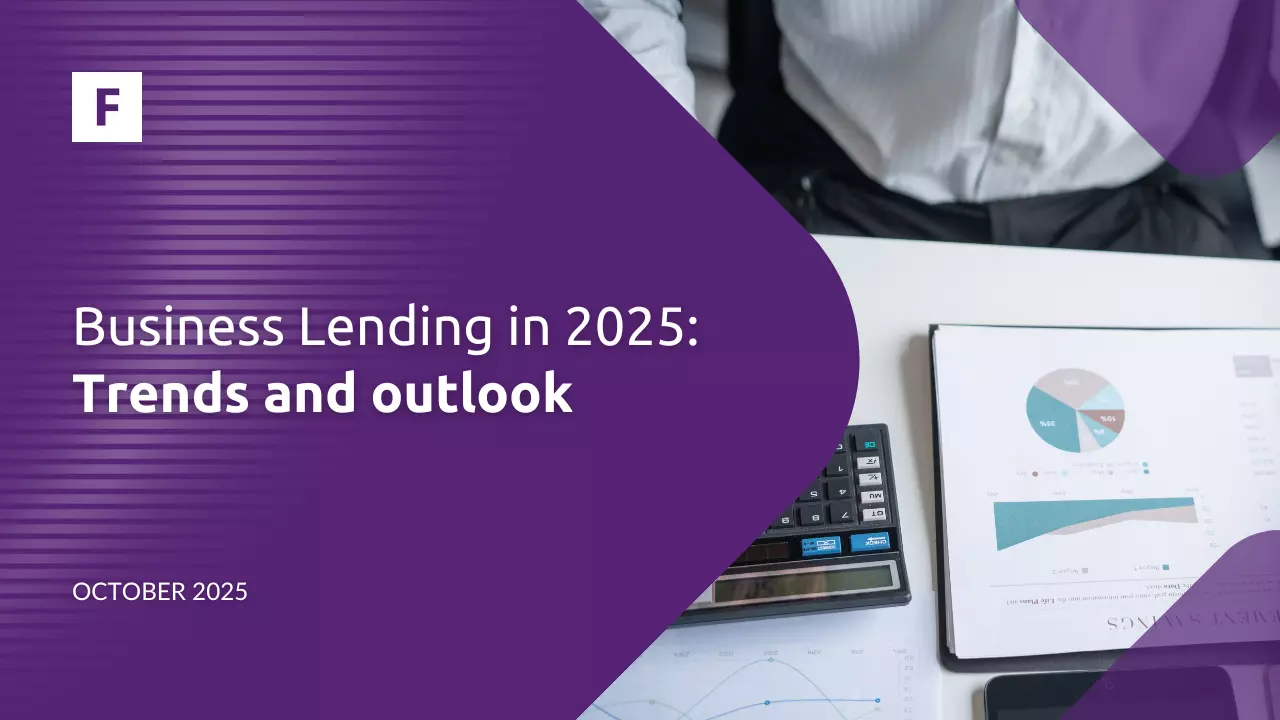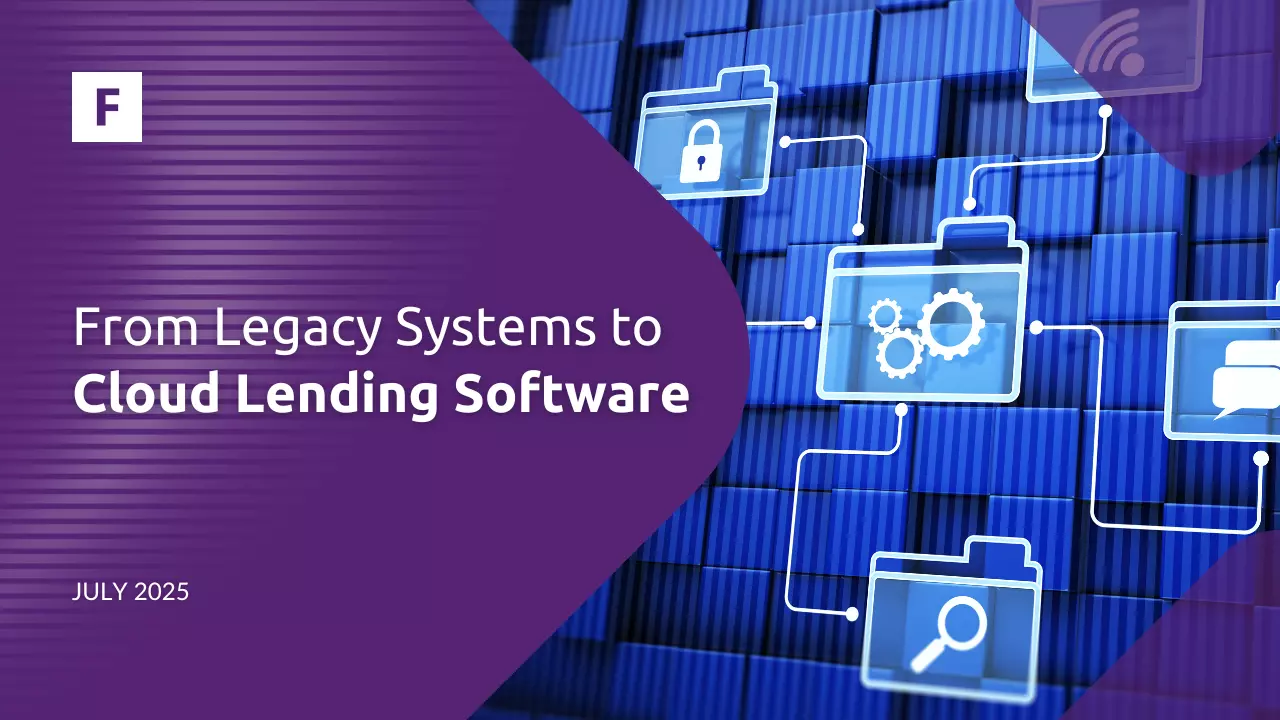Introduction
Consumer lending plays an important role in the world of finance, and its remarkable growth in Europe in recent times is worth exploring. This article aims to provide a thorough insight into the dynamics of consumer lending, its present trends, and what the future holds for it.
- Overview of Consumer Lending
- The global landscape of consumer loans
- The rise and popularity if non-traditional lenders
- Predicted trends in consumer lending for 2023-2024
- The future of consumer lending in Europe
Across the Globe: The Landscape of Consumer Lending
Consumer lending, at its core, is a financial practice where banks and other institutions extend credit to individuals for personal use. This lending practice has seen a significant boost in Europe over the past couple of years, primarily driven by technological advancements and the changing consumer behavior that has shaped and changed the industry’s way to offer their services. Consumer loans in Europe increased from 716000 EUR million in February to 731269.79 EUR Million in August 2023, approximately 2.13% in a period of six months.
Germany leads the pack in terms of consumer loan volumes in Europe. German consumers borrowed approximately 123 billion euros in new and renegotiated loans during 2022, with German citizens borrowing substantial amounts annually to finance housing, white goods (refrigerators, washing machines, electronic products). France and Italy appeared in second and third place with 83,156 and 46,737 million euros respectively.
According to a recent report by Statista, and talking about interest rates, Germany appeared again with 4.07% along with Belgium, France and Netherlands with the lowest interest rates for consumer loans at less than four percent. On the other side, Malta was the country with the highest annualized interest rate for consumer loans to over 127%.
Countries with Limited Access to Online Loans
While online lending has grown globally, there are still some countries where people face limitations in accessing online loans. These limitations can be attributed to various factors, including regulatory, technological, and economic challenges. Here are a few examples:
- North Korea: Due to strict government control over the internet and limited international connectivity, North Koreans have extremely limited access to online financial services, including loans.
- Cuba: Despite improving internet access in recent years, Cuba's online financial infrastructure remains underdeveloped, making it challenging for people to access online loans.
- Myanmar (Burma): Political instability and internet restrictions have hindered the development of online lending platforms in Myanmar, limiting access to digital financial services.
- Turkmenistan: This Central Asian country has limited internet penetration, which restricts access to online financial services, including loans.
- Yemen: Ongoing conflict and economic instability have hampered the development of online lending platforms, making it difficult for Yemeni citizens to access online loans.
- Sudan: While Sudan has made progress in recent years, economic challenges and political instability have affected the growth of online lending.
Consumer Lending Trends for 2023-2024
The consumer lending landscape is set to undergo a significant transformation, with several trends predicted to dominate the scene in 2023-2024. Consumers are increasingly gravitating towards alternative providers and online platforms, driven by the need for loans amidst a recession.
Peer-to-peer (P2P) lending platforms
This form of financial technology allows people to borrow money from one another without the need of a bank. Also called “crowd lending” or “social lending”, are intended for people that may struggle to qualify for a traditional bank loan. The main advantage of P2P lending is that those websites are connected directly to the lenders, and there are a wide range of interest rates and options according to the creditworthiness of the borrower.
Buy now pay later (BNPL)
This form of credit continues its popularity, and will remain increasing in the coming years, shaping the future of retail and e-commerce. By 2022, BNPL lending was estimated to reach $74 billion, and the forecasted growth in 2024 indicates a further increase of $30 billion, bringing the total to $104 billion. Nearly 9 in 10 people said that their shopping habits had changed since they started using BNPL: 50% had bought something they would otherwise have to save for. However, BNPL comes with a responsibility from the consumer side, it’s important to know that as a consumer you might be approved for this type of credit even if you could not afford it, according to a survey by The Behavioral Insight Team, 3 in 10 people said they had experienced an issue when managing their BNPL spending, like missing a payment, being charged a late fee, and falling behind on other payments or bills. Check our Purchase Financing solution.
Digitalization and automation
The digitalization of lending processes continues to be a main trend during this year and the years to come. We’ve already mentioned the advantages of automation in previous articles, but along with that, the increasing use of AI and machine learning to improve communication, identity verification, credit approval etc, will continue to evolve and make lending processes even faster and beneficial for both borrowers and lenders.
Mobile payments
These payments are revolutionizing the consumer lending experience by allowing them to accelerate the use of in-app, online and at the branch. By having easy access to their accounts, customers can easily pay installments, receive reminders, and control their loans, so they can avoid late fees. Mobile payments are growing fast across all demographics, those are the primary payment source for most young adults and will be a dominant payment source for the generations to come. Contactless payments have been gaining more popularity, it is a more efficient and easy way to pay.
Open Banking
Open banking is shaping a new consumer lending process, transforming the journey for customers. With a CAGR of 26.8% and an estimated value of 16.14 billion in 2021, it provides lenders with access to financial data that can be used to decide easier and faster, so banks and fintechs are able to respond within minutes instead of days or weeks. It also allows them to offer personalized loans, that are more likely to match their financial situation, that empowers customers and gives them the opportunity to make more informed choices, and access credits that they truly need.
The Future of Consumer Lending in Europe
Consumer behavior and technology are the two primary forces shaping the future of consumer lending in Europe. The advent of consumer lending software is helping the way processes are conducted, simplifying operations and making them more efficient for traditional lending companies. Talking about consumer behavior, everyday more and more people prefer to get different services from online sources, that’s why the financial industry has been adapting to facilitate their services to people.
These software solutions work by automating various tasks, reducing manual effort and increasing accuracy. They offer a host of features that make them a valuable asset for digital providers.
Risk management is a critical aspect of consumer lending. Effective risk management strategies involve utilizing data from a wide range of sources, building a decision engine, creating a tech infrastructure, and monitoring and maintaining the models over time. Nowadays, those models include more information thanks to the data points available that include behavioral statistics, social network’s data and other information make these models more complex.
Traditional Lending Providers vs Nontraditional ones
Traditionally, when you needed a loan, you'd make a trip to your local bank, fill out stacks of paperwork, and hope for the best. But the rise of digital lending providers like Vivus in Spain or Zepesa in Kenya has flipped the script, making borrowing money so much easier and faster. Traditional lending, often associated with banks and credit unions, has been the bedrock of financial transactions for centuries. It involves a face-to-face interaction with a loan officer, piles of documentation, and weeks of waiting for approval. The process is rigorous, but it offers a sense of security for some borrowers.
Digital lending, on the other hand, is the disruptor that has shaken the financial industry to its core. These online platforms have made lending processes quicker and more accessible. They have harnessed the power of technology to bring financial services to your fingertips. Let’s dive into some differences between traditional and digital lending:
Accessibility and Convenience
One of the key differences between traditional and digital lending providers is accessibility. Traditional lenders often have physical branches, limiting their reach. In contrast, digital lenders can be accessed from anywhere with an internet connection, breaking down geographical barriers.
Speed of Approval
Have you ever needed money urgently? Digital lending shines here. With algorithms crunching data in real-time, digital lenders can approve loans within minutes, while traditional lenders may take weeks. This speed can be a game-changer during emergencies.
Personalization of Services
Digital lenders use data analytics to personalize loan offers based on your financial profile. This tailored approach can lead to better-suited loan options. Traditional lenders typically offer standardized products that may not meet individual needs as effectively.
Security and Data Privacy
Concerns about security and data privacy are paramount in today's digital age. Digital lenders invest heavily in encryption and cybersecurity to protect your information. Traditional lenders also have security measures but may be less tech-savvy.
Impact on Consumer Behavior
The emergence of digital lending providers has transformed how consumers approach borrowing. People now expect loans to be as easy to access as ordering food online. The convenience, speed, and transparency offered by digital lenders have raised the bar for the entire lending industry.
Traditional Lending Companies in Europe:
- HSBC Europe: HSBC operates in Europe and offers traditional lending products such as personal loans and mortgages. Interest rates on personal loans can vary but generally range from around 3% to 10% APR (Annual Percentage Rate), depending on your creditworthiness.
- Barclays: Barclays is a well-known British bank with a presence in Europe. They offer personal loans with interest rates typically ranging from 3% to 12% APR, depending on the loan amount and your credit history.
- Santander: Banco Santander is a major bank in Europe, offering various lending products, including personal loans. Interest rates on Santander personal loans can vary but generally start from around 4% to 9% APR.
- BNP Paribas: BNP Paribas, a French multinational bank, provides traditional lending services, including personal loans. Interest rates on BNP Paribas personal loans may range from 4% to 12% APR.
- Deutsche Bank: Deutsche Bank operates in various European countries and offers personal loans. Interest rates on Deutsche Bank personal loans can vary but generally start from around 3% to 11% APR.
Popular Digital Lending Providers in Europe:
- EuroCredit: distinguishes itself with its wide range of loan products tailored to various consumer needs. Whether you need a small loan for a short-term expense or a larger one for a significant project, EuroCredit has you covered. Their online platform simplifies the application process, ensuring you can secure funds quickly. On average, interest rates may start from around 6.49% APR, but they can be higher for certain loan products.
- Zopa: Zopa Ltd. is a British financial services company which offers deposit accounts, personal loans and credit cards. It began as the world's first peer-to-peer lending company in 2005 and gained a full banking license in 2020. On average, borrowers can expect interest rates starting from around 2.9% APR, but they may differ based on your creditworthiness and the investors' offers.
- N26: digital bank based in Germany that offers personal loans to its customers. Interest rates on N26 personal loans generally start at around 1.9% to 10% APR, depending on your creditworthiness. Interest rates on N26 personal loans generally start at around 1.9% to 10% APR. The specific rate you receive depends on your creditworthiness and the terms of the loan.
- Esto: payment technology company with a creditors license. ESTO provides fully automated and tech-driven point of sale purchase financing and payments solutions for its network of merchant partnerships. ESTO’s business model is to facilitate payments between the client and merchant in a commerce setting by providing real time payments for the merchant and payment schedules for the client that can access BNPL solutions.
- QuickCash: is a noteworthy digital lending company specializing in consumer loans. They are known for their lightning-fast approval process, often providing funds within 24 hours. QuickCash understands that financial emergencies can't wait, and they are dedicated to helping you in your time of need. Interest rates typically start at around 6% APR and can go higher based on individual circumstances.
Conclusion
The landscape of consumer lending is evolving at an astonishing pace, driven by the fusion of consumer behavior and cutting-edge technology. This transformation is a global phenomenon, but our focus has been primarily on the dynamic European market. Nontraditional lenders turned fintech giants, such as Klarna, Revolut, and Wise, have reshaped the lending industry by embracing automation, AI, and advanced loan management systems. These innovations not only streamline processes but also enhance borrower experiences and significantly reduce errors.
Looking ahead to 2023 and beyond, the consumer lending landscape is poised for further disruption. Alternative providers and online platforms are attracting borrowers looking for accessible financing options, particularly in the face of economic challenges. Furthermore, the adoption of transformative technologies like machine learning, artificial intelligence, and blockchain promises to drive the industry's growth, ensuring secure and efficient lending processes. The software segment, particularly loan origination software, is projected to experience substantial growth, revolutionizing application and approval workflows.
Consumer trends are also evolving, with an increased demand for products like Buy-Now-Pay-Later (BNPL) and other credit options. As these trends continue to shape the market, the role of consumer lending software will become increasingly indispensable in meeting borrower demands while maintaining solid risk management.
For more insights into the world of consumer lending and fintech, check out these related articles:
- KYC Providers and Tools for Your Lending Company
- Enhance Microfinance Services with FTM Solution
- Explore European Alternative Investment Platforms
About Fintech Market
Fintech Market (FTM) operates in the lending software market, offering a comprehensive SaaS-based loan management system for financial service providers. It includes essential features such as CRM, KYC, risk management, and debt management for loans, deposits, current accounts, and investments. With tailored solutions to optimize their operations, FTM serves neobanks, SMEs, car leasing companies, and buy-now-pay-later companies in the EU, Mexico, and Indonesia.







